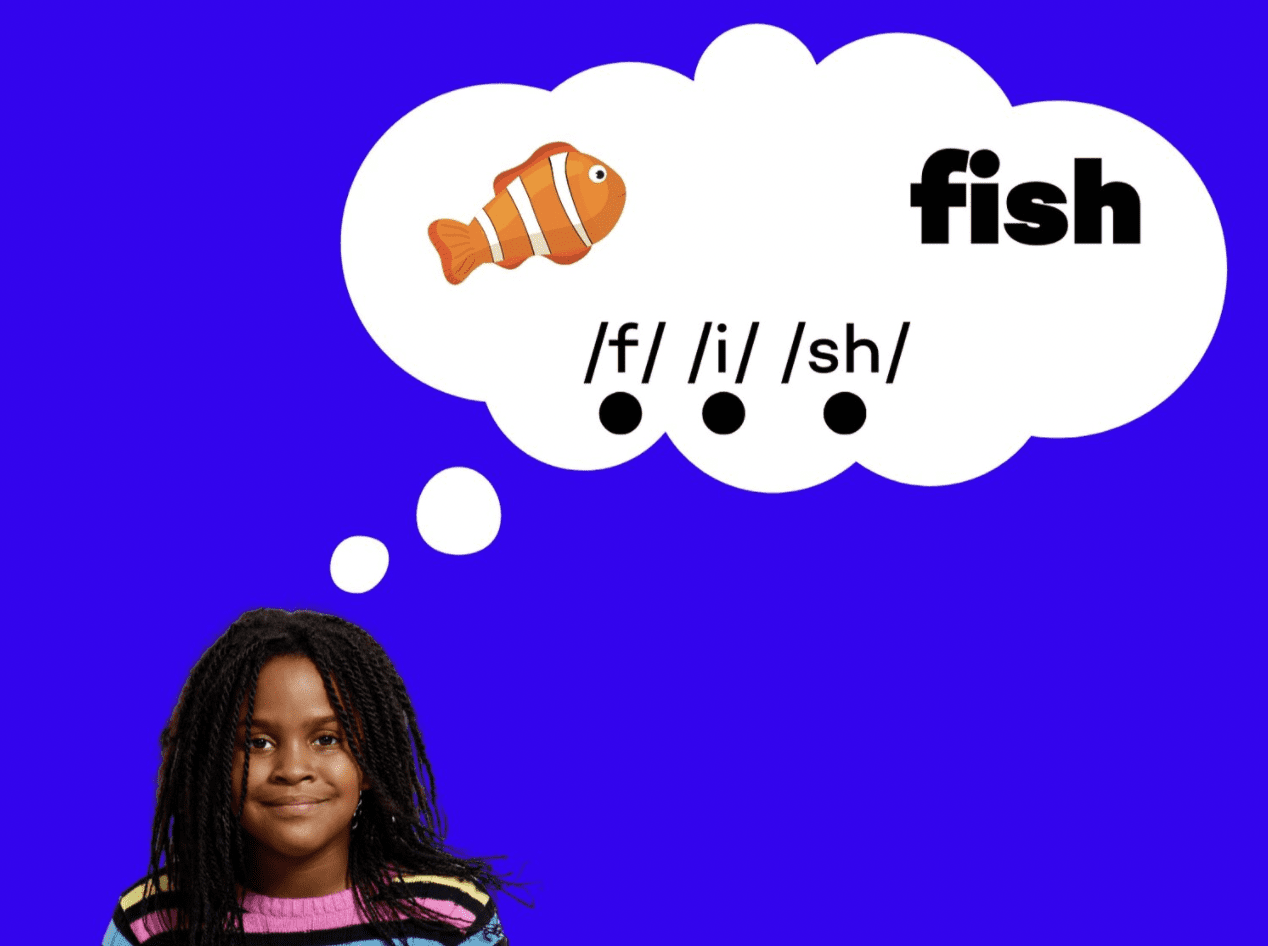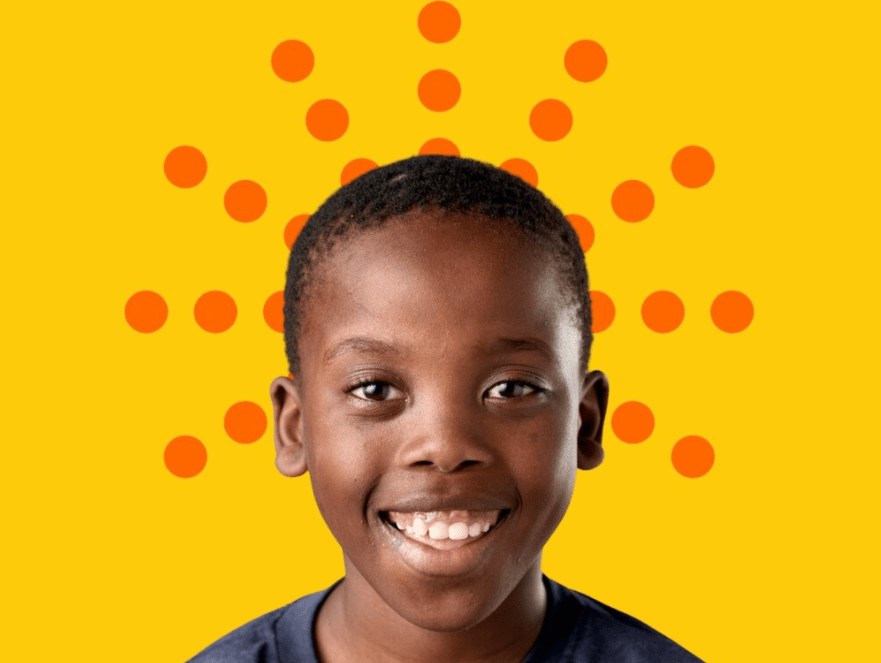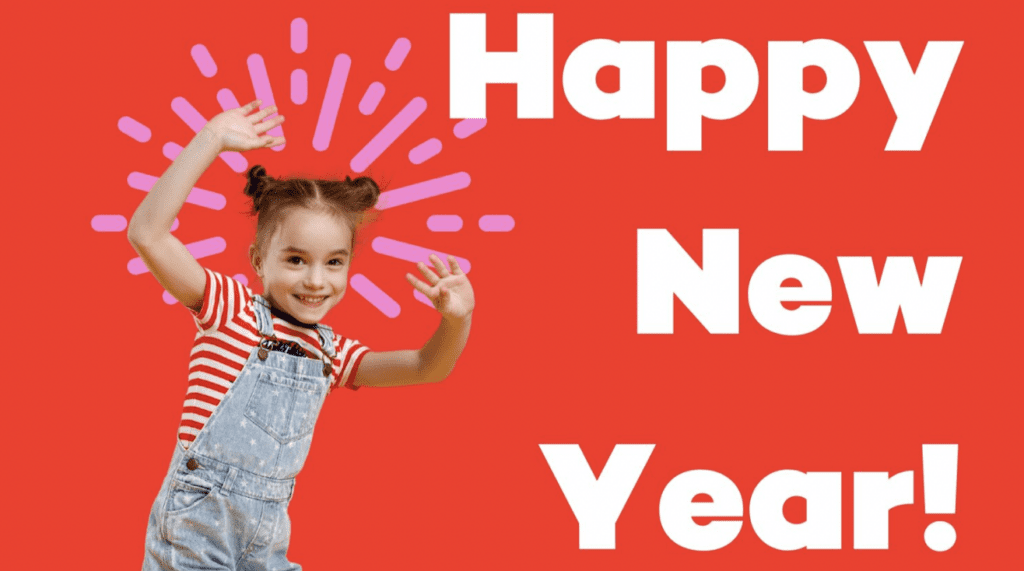
Orthographic mapping is the process by which students learn to connect sounds in words that they already know to the spelling of those words in order to make them more instantly recognizable. Students begin to use orthographic mapping only after they develop strong phonological and phonemic awareness. Once students begin to understand that each symbol in written language corresponds to a sound (and that combinations of symbols sometimes make other sounds, like /sh/), they can begin using orthographic mapping to develop a deeper understanding of words and become more fluent readers. David Kilpatrick describes this process very well in “Essentials of Assessing, Preventing, and Overcoming Reading Difficulties,” when he says the following: “Think of phonic decoding as going from text to brain (part to whole, phonemes to words) and orthographic mapping going from brain to text (whole to part, oral words to the individual phonemes that make the word.)”
Let’s take a look at what orthographic mapping looks like in action:
- A student is attempting to write the word “fish,” a term he or she is already familiar with and knows how to say. First, they identify the individual sounds (phonemes) in the word (f / i / sh). Then, they match those phonemes to letters in order to write “fish.”
Orthographic Mapping and Sight Words
Sight words are words that we can read without conscious effort. They are sometimes referred to as “snap” words or “flash” words. Most sight words need to be memorized because they don’t follow traditional spelling and phonics patterns (such as words like buy, from, come, etc.). We know these words by sight because we learned them as whole words early in our lives.
Students can also develop sight words by reading them enough times that their spelling and sounds have been forged to memory. This happens through the process of orthographic mapping. The average competent reader is able to permanently store words, and recall them by sight, after consciously putting together their sounds up to four times.
What Happens in Kids’ Brains
Orthographic mapping isn’t a skill that can be taught. It is a process a child’s brain begins to perform, only when some pre-requisites have been met: 1) fluency in phonemic awareness, 2) automatic knowledge of letter-sound relationships, and 3) the ability to fluently decode words letter-by-letter, or sound-by-sound, and then blend them together.
Even though orthographic mapping can’t be taught, we can help students successfully use the process by modeling the relevant skills, and providing them with opportunities to practice those skills too. For example, Elkonin boxes are a great tool for building students’ phonological awareness and for identifying individual sounds (phonemes) in words.
The Importance of Orthographic Mapping
The more efficient a student’s orthographic mapping process is, the closer to reading fluency she becomes. Readers become fluent only when they have developed a large enough bank of sight words that they no longer need to focus on identifying and blending individual sounds in words. Instead, they can put a majority of their energy toward making meaning of the text. This is when students start making their shift from learning to read, to reading to learn.
Orthographic Mapping FAQ
What is the definition orthographic mapping?
Orthographic mapping is the process of linking sounds to letters in order to spell words. This is a skill that develops over time, and cannot be taught.
What are some benefits of orthographic mapping?
The more efficient a student’s orthographic mapping process is, the closer to reading fluency she becomes. This is because readers who have developed a large enough bank of sight words no longer need to focus on identifying and blending individual sounds in words. Instead, they can put a majority of their energy toward making meaning of the text.
How can I help my child with orthographic mapping?
Even though orthographic mapping can’t be taught, we can help students successfully use the process by modeling the relevant skills, and providing them with opportunities to practice those skills too. For example, Elkonin boxes are a great tool for building students’ phonological awareness and for identifying individual sounds (phonemes) in words.
What is the difference between orthographic mapping and sight words?
Sight words are words that we can read without conscious effort. They are sometimes referred to as “snap” words or “flash” words. Most sight words need to be memorized because they don’t follow traditional spelling and phonics patterns (such as words like buy, from, come, etc.). We know these words by sight because we learned them as whole words early in our lives. Orthographic mapping is the process of linking sounds to letters in order to spell words. This is a skill that develops over time, and cannot be taught.
Can my child be tested for orthographic mapping skills?
There is no formal test for orthographic mapping skills. However, you can ask your child’s teacher for suggestions on how to informally assess your child’s progress.
What are some activities that can help my child with orthographic mapping?
There are a number of activities that can help your child with orthographic mapping. Some examples include:
– Elkonin boxes (to help with phonemic awareness and identifying individual sounds in words)
– Word sorts (to help with sound-letter relationships)
– Word building (to help with decoding words letter-by-letter or sound-by-sound, and then blending them together)




